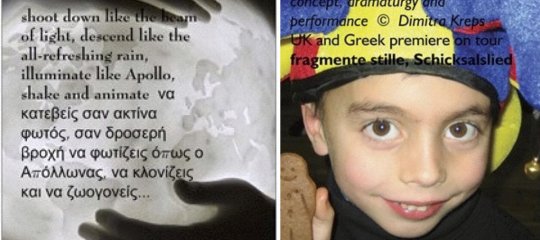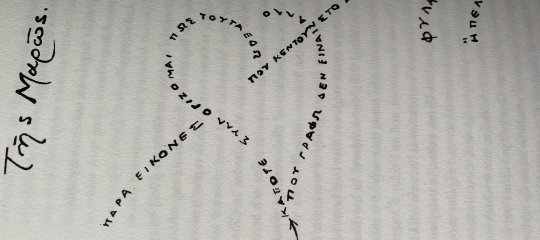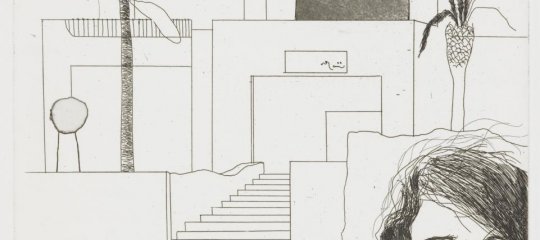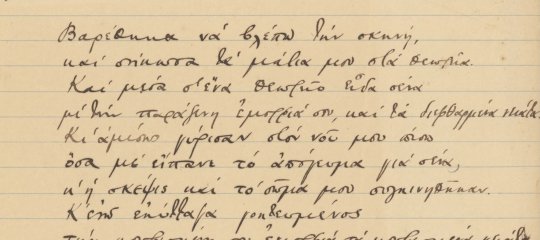4ο Κορεατικό Συνέδριο για τον συγγραφέα Νίκο Καζαντζάκη στη Σεούλ
Αργυρώ Κασωτάκη - Γατοπούλου
Το 4ο Κορεατικό Συνέδριο για τον συγγραφέα Νίκο Καζαντζάκη στη Σεούλ με θέμα το βιβλίο του για τον Άγιο Φραγκίσκο της Ασίζης «Ο Φτωχούλης του Θεού».
Στις 19 Μαίου 2012 πραγματοποιήθηκε στη Σεούλ το 4ο Κορεατικό Συνέδριο για τον Έλληνα συγγραφέα Νίκο Καζαντζάκη με θέμα το βιβλίο του για τον άγιο Φραγκίσκο της Ασίζης «Ο Φτωχούλης του Θεού». Το συνέδριο οργανώθηκε όπως κάθε χρόνο από τον πρόεδρο του Κορεατικοελληνικού Συνδέσμου και Πρόεδρο και καθηγητή του Τμήματος Ελληνικών Σπουδών του πανεπιστημίου Hankuk University of Foreign Studies κ. Τζαεγόν- Άγγελο Γιου. Στο συνέδριο συμμετείχαν ο Σεβασμιότατος Επίσκοπος Κορέας και καθηγητής στο Τμήμα Ελληνικών Σπουδών κ. Αμβρόσιος Ζωγράφος, η αποσπασμένη φιλόλογος καθηγήτρια του Τμήματος Ελληνικών Σπουδών κ. Αργυρώ Κασωτάκη- Γατοπούλου και οι φοιτητές του Ελληνικού Τμήματος, τα μέλη του κορεατικού τμήματος της Διεθνούς Εταιρείας των Φίλων του Καζαντζάκη, κορεάτες καθηγητές λογοτεχνίας, κριτικοί, συγγραφείς και ποιητές, καλλιτέχνες και επιστήμονες διαφόρων ειδικοτήτων, αλλά και ιερωμένοι διαφόρων δογμάτων και εκκλησιών, ορθόδοξοι ιερείς, πάστορες, βουδιστές και καθολικοί μοναχοί. Οι ανακοινώσεις του συνεδρίου είχαν θέματα συναφή με την ασκητική και θυσιαστική αντίληψη ζωής του Φραγκίσκου και τον τρόπο που ο Καζαντζάκης την ανέδειξε λογοτεχνικά. Η ανάγκη μιας βαθύτερης και περισσότερο πνευματικής άρνησης του ανθρώπου απέναντι στην απληστία, την αναλγησία και την επιβαλλόμενη φτώχεια στους πιο αδύνατους, που χαρακτηρίζουν τις περί πλουτισμού αντιλήψεις στη σύγχρονη κοινωνικά οξυμένη εποχή της παγκόσμιας οικονομικής κρίσης, καθώς και η σημασία της αγάπης και του σεβασμού προς κάθε άνθρωπο και κάθε πλάσμα της φύσης συζητήθηκαν αναλυτικά στο συνέδριο. Στο τέλος του συνεδρίου παρουσιάστηκαν δραματοποιημένα αποσπάσματα από το βιβλίο «Ο Φτωχούλης το Θεού» του Νίκου Καζαντζάκη από διακεκριμένους κορεάτες ηθοποιούς.
- Εισέλθετε στο σύστημα για να υποβάλετε σχόλια











